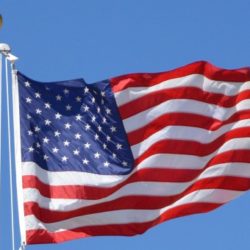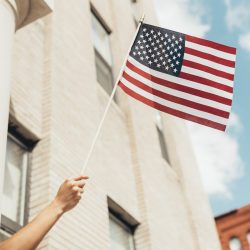
The H-1B Visa: A Short History
In the 1950s, the United States initiated the H-1B visa program, which allows foreign workers to obtain employment in the US. The “Immigration Reform and Control Act of 1990” made changes to the H-1B program by requiring a bachelor’s degree at a minimum or equivalent work experience in a specialized field. It also established a 65,000 visa cap that was only reached in 1997. With the surge of American technology in the early 2000s, the H-1B visa became a highly coveted visa for businesses that needed advanced workers who were able to meet the challenges resulting from an increase in technology.
H-1B & US Foreign Workers
The current visa cap is 85,000 annually, and thousands of workers are filtered out each year on the basis of a lottery system. This year, 199,000 workers were interested in the H-1B visa. Companies rely on the use of the permit to recruit members of an advanced workforce comprised of software developers, computer programmers, and engineers, among others. With the Trump administration’s action that delays the processing times of these visas, the current H-1B climate consists of concern for foreign doctors serving rural populations. The concern stretches to technology firms and international students in American universities.
Foreign doctors heavily rely on the H-1B visa in order to continue serving American populations in dire need of medical personnel. With the delay in processing H-1B applications, doctors are left in a worrisome position regarding their ability to continue working in the United States. Moreover, technology firms in Silicon Valley, for instance, are known for recruiting foreign, top talent, ensuring that they stay competitive in an innovative and evolving market. Their argument for the continued use of these visas underlines the supposed scarcity of American workers qualified to fill the jobs that are outsourced. The delays in these applications can affect the deadlines established for projects within the technology industry. Additionally, there is the concern for international students in American universities. Even if their applications are pending reviews, students are required to return to their home countries as they await the statuses of their requests.
The Trump administration has vowed to combat the supposed abuse of the H-1B visa program, criticizing companies for utilizing the permit to drive down the cost of employing a member in the IT industry, for example. Trump’s “Buy American and Hire American” executive order underscores a mentality that seeks to enforce immigration laws that pertain to foreign workers. Currently, Congress has not passed any legislation that would significantly affect the H-1B visa program, but with the Trump administration’s apparent intent to prioritize American workers over foreign workers, we could witness a drastic shift in business conducted in the United States. Fortunately, there are other options for individuals looking to work in the US, and these can be found here: Alternative Options to the H-1B Visa.
Are You Interested in Working in the US?
Fill out our FREE online immigration assessment, and we will get back to you within 24 hours.
WE WANT YOUR FEEDBACK!
What do you think about the current climate regarding the H-1B visa?
Comment below, we want to hear your opinion!
Sources:
-
"Economic Immigration Dilemma." History of the H-1B. N.p., n.d. Web. 15 May 2017.
-
"What Trump's latest H-1B move means for workers and business." CNNMoney. Cable News Network, n.d. Web. 15 May 2017.
-
"Trump's executive order on highly skilled migrants: does it affect your business?" Personnel Today. N.p., 12 May 2017. Web. 15 May 2017.
-
"Changes to H-1B visa policy could have a chilling effect on the tech industry." Los Angeles Times. Los Angeles Times, n.d. Web. 15 May 2017.






